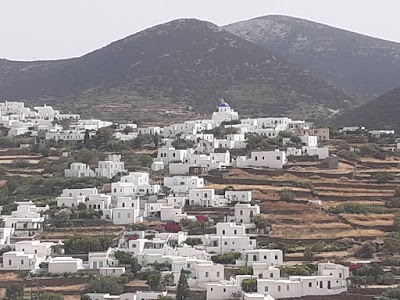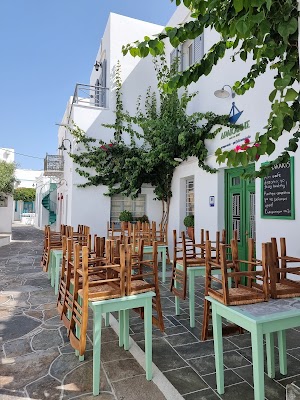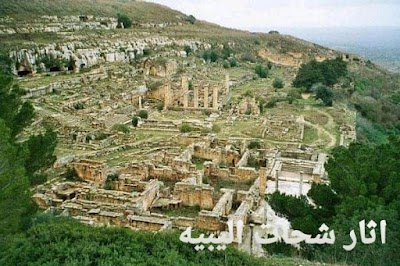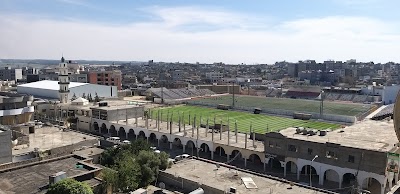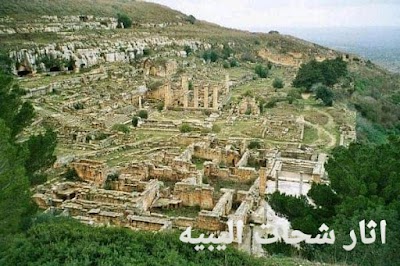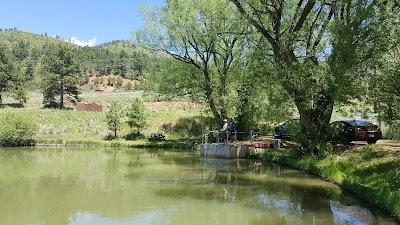Apollonia (أبولونيا)
Related Places
Overview
Introduction to Apollonia
Nestled along the picturesque coastline of the Mediterranean Sea, the ancient city of Apollonia (أبولونيا) is a captivating gem located in the Jabal al Akhdar region of Libya. This archaeological site, once a thriving hub during the Hellenistic and Roman periods, offers visitors a unique glimpse into the rich tapestry of history that shaped the Mediterranean world. With its stunning ruins, scenic landscapes, and cultural significance, Apollonia is an essential destination for foreign travelers seeking to explore the lesser-known treasures of Libya.
A Historical Overview
Apollonia was founded in the 4th century BC, originally established as a Greek colony. The city flourished, becoming an important trading port and cultural center due to its strategic location along trade routes. The name Apollonia is derived from Apollo, the Greek god of music, arts, and knowledge, reflecting the city’s significance in ancient times. The ruins that remain today showcase the architectural brilliance of its past, with remnants of temples, theaters, and fortifications that tell the story of its vibrant history. As you walk through the site, you can almost hear the echoes of ancient marketplaces and the bustling life that once filled its streets.
Exploring the Ruins
As you explore Apollonia, be sure to visit the Roman Theater, which is one of the most well-preserved structures in the city. Capable of seating thousands, this grand amphitheater hosted various performances and gatherings, and its acoustics are still impressive today. The Temple of Apollo, another highlight, stands as a testament to the city’s religious significance. Its towering columns and intricate carvings provide insight into the architectural style of the time and the worship practices that took place here.
In addition to these monumental structures, you’ll find remnants of ancient houses, streets paved with stones, and public baths that reveal daily life in Apollonia. The Archaeological Museum nearby showcases a collection of artifacts unearthed from the site, including pottery, coins, and sculptures, offering a deeper understanding of the city's historical context. Taking the time to explore these ruins and their surroundings will enhance your appreciation for the ancient civilizations that once thrived in this region.
Natural Beauty and Surroundings
Beyond its historical significance, Apollonia is set against a stunning backdrop of natural beauty. The Jabal al Akhdar region is known for its lush greenery, rugged mountains, and breathtaking coastal views. As you wander through the ruins, you can enjoy panoramic vistas of the Mediterranean Sea, making it an ideal spot for photography and reflection. The area is also rich in biodiversity, with opportunities for nature lovers to hike, bird-watch, and discover the unique flora and fauna of the region.
Travel Tips
For foreign travelers, accessing Apollonia is relatively straightforward. The site is located about 15 kilometers east of the city of Al Bayda, which is well-connected by road to major cities in Libya. It is advisable to hire a local guide who can provide insights into the site’s history and significance. Remember to bring comfortable walking shoes, plenty of water, and sun protection, as exploring the ruins can take several hours.
In conclusion, Apollonia (أبولونيا) in Jabal al Akhdar is not just an archaeological site; it's a journey through time that invites you to explore the layers of history that have shaped Libya. Whether you're a history buff, a nature enthusiast, or simply an adventurous traveler, Apollonia promises an enriching experience that will leave you with lasting memories. Don't miss the opportunity to discover this enchanting destination that beautifully merges the wonders of the ancient world with the stunning landscapes of modern-day Libya.


